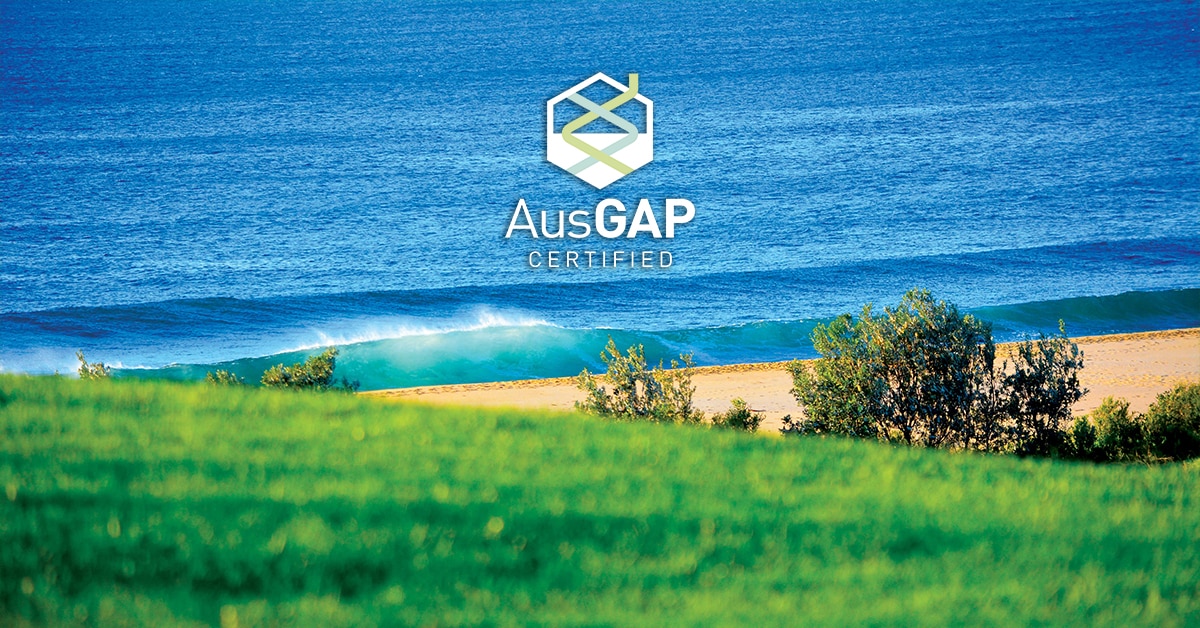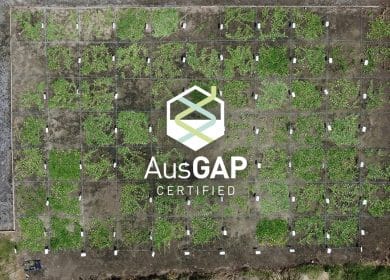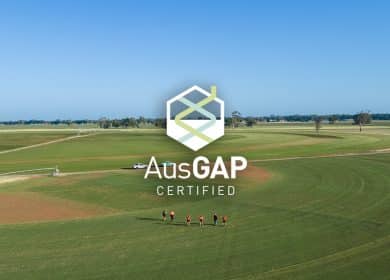
More Australians are moving to the coast than ever, with more than 85% of Australians living within 50km of the sea. In addition, access to contaminate free water resources is becoming scarcer. This has caused a push for salt tolerance in breeding and selection of new turf varieties. Read on to find out how salinity tolerance and how it factors in to turfgrass breeding and selection.
What happens to grass when saline is introduced?
Most turfgrasses have extensive root systems expanding laterally and horizontally. The leaves of non-salt tolerant plants are unable to withstand high levels of salt without extensive damage. Some specific symptoms of plant damage can be observed through shortening of roots, change in leaf colour, and shoot dye back. Exposure to salt is one of the greatest abiotic stresses turfgrass faces today as availability to contaminate free water changes.
How are salt tolerant turfgrasses developed?
The demand for salinity tolerant turfgrasses is increasing due to migration to coastlines and use of low-quality water in turf irrigation. Studies show that regulation of ion transport is one of the most important factors responsible for salt tolerance in turf. Selecting certain criteria and looking for those things such as shoot and root weight, salinity injury, and seed germination in developing turf varieties all determine how salt tolerant the variety is. Further selecting the performing varieties and conducting research and growth trials is how new and improved salinity tolerant turf reaches the market. Bermudagrass, Zoysia and Buffalo have long been considered salinity tolerant turfgrasses with further research always being conducted.
What impact do salt tolerant varieties have on the future of the turfgrass industry?
With pressures from global warming, the sea level is increasing at a rate of approximately 0.25cm per year, resulting in being one of the biggest threats crop production is facing right now including turfgrass production. The continuation of research and production of salt tolerant varieties is pertinent to the future of the turfgrass industry.
Increased focus on recyclable water resources, global warming, and emigration to the coast, it is clear why saline tolerant turf varieties are being bred and produced. More greenspaces are needed as communities grow and ensuring these spaces are sustainable and economical is essential as salt tolerant varieties are becoming more in demand to fit these criteria.
References:
Ali Harivandi, M., Butler, J.D. and Wu, L. (1992). Salinity and Turfgrass Culture.
In Turfgrass (eds D.V. Waddington, R.N. Carrow and R.C. Shearman). https://doi.org/10.2134/agronmonogr32.c6
Md. Kamal Uddin, Abdul Shukor Juraimi, “Salinity Tolerance Turfgrass: History and Prospects”, The Scientific World Journal, vol. 2013, Article ID 409413, 6 pages,
2013. https://doi.org/10.1155/2013/409413
Marcum, K. B., & Murdoch, C. L. (1994). Salinity Tolerance Mechanisms of Six C4 Turfgrasses, Journal of the American Society for Horticultural Science jashs, 119(4), 779-784, https://journals.ashs.org/jashs/view/journals/jashs/119/4/article-p779.xml


